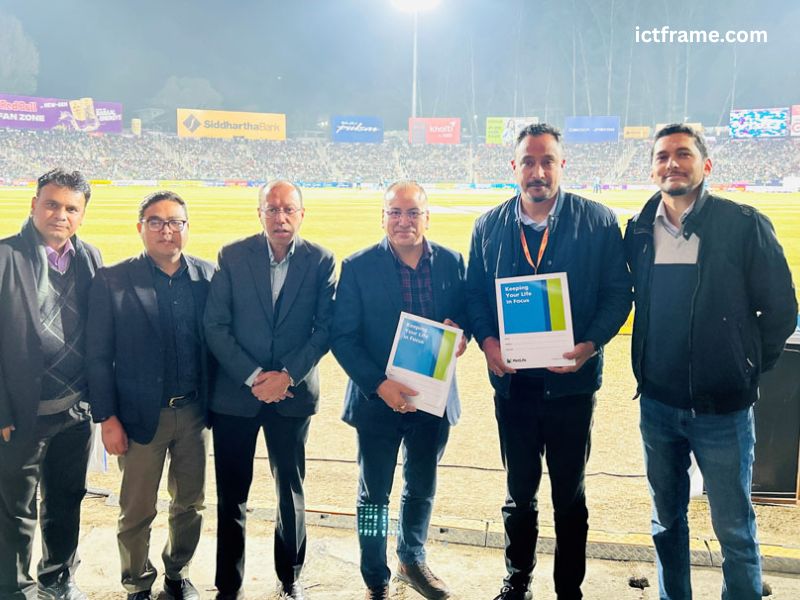Nepal Rastra Bank: Microfinance Branch Reduction Options, Purchase Sale Process Feasibility
21st June 2025, Kathmandu
Nepal’s microfinance sector has expanded rapidly to boost financial access across the country. Initially, many microfinance institutions (MFIs) were established to help poor, marginalized, and low-income families meet their financial needs. This effort led to 91 institutions operating nationwide.
NRB Microfinance Branch Options
Challenges of Rapid Expansion And Regulation
However, too many institutions brought chaos to the sector. Regulators struggled to oversee them properly. Competition grew unhealthy, causing concern. To address this, Nepal Rastra Bank introduced merger and acquisition (M&A) policies. These aimed to reduce the number of institutions for better governance.
As a result, the number of microfinance institutions dropped to 50. Yet, the number of branch offices stayed almost the same. There are about 5,000 branches scattered across the country. This situation caused overlapping services and inefficiency, especially in small towns.
Branch-Level Mergers Urgently Needed
Many microfinance leaders now say branch mergers must follow institutional mergers. Basanta Lamsal, former president of the Nepal Microfinance Bankers Association, highlighted this need. He pointed out that some areas have 15 to 20 branches very close to each other. This causes duplication and worsens unhealthy competition.
Lamsal suggested reducing the branch count to around 3,000. He stressed that branches from different institutions in the same locality should be allowed to merge. However, current laws do not permit this easily. He called for simpler legal provisions to allow branch consolidation.
Legal And Operational Barriers
Currently, regulations only allow branch relocation, not closure or merging. Opening new branches has also been restricted by regulators. Many believe these rules prevent proper restructuring of the microfinance network.
Ram Bahadur Yadav, president of the Nepal Microfinance Bankers Association, echoed the call for branch mergers. He said reducing overcrowded branches would promote healthy competition. It would also make resource use more efficient.
Yadav noted that individuals can now only borrow from two MFIs, and the maximum loan size has been cut from NPR 1.5 million to NPR 700,000. This shows that multiple borrowing is under control. Thus, branch mergers have become more relevant.
Central Offices Should Relocate To Kathmandu
Yadav also emphasized the need for more central offices in Kathmandu. Currently, many MFIs have central offices in districts surrounding the capital, such as Kavre, Dhading, and Nuwakot. But for regulatory and banking dealings, CEOs must often travel to Kathmandu.
He said, “If central offices were in Kathmandu, it would save time, fuel, and reduce logistical costs.” This move could improve overall efficiency in operations.
Monetary Policy Supports Mergers And Restructuring
Nepal’s monetary policy for the current fiscal year supports the merger and acquisition of MFIs and their branches. It also encourages institutions to limit their service areas to specific provinces or regions.
Following this, the Nepal Microfinance Bankers Association prepared a 40-page study report. Led by First Microfinance CEO Num Nath Paudel, it proposes detailed restructuring strategies, including branch mergers and acquisitions.
Paudel explained that mergers are just one part of restructuring. He said it also involves governance changes, capital adjustments, and business model redesign. The report recommends updating M&A regulations to support comprehensive restructuring.
Report Highlights Excessive Branch Density
According to the report, around 31% of branches could be reduced. It found over 25 branches within a 10-kilometer radius in some places. A total of 155 such overcrowded locations exist across Nepal.
Paudel added that population density should guide branch planning. For example, two branches within 10 kilometers may be enough in sparsely populated areas like Dolpa. In contrast, Kathmandu may justify more branches due to its larger population.
Learning From Neighboring Countries
The report suggests Nepal adopt legal frameworks similar to countries like India, Sri Lanka, and Pakistan. These countries have more flexible rules for branch mergers and restructuring.
Currently, Nepal has about 4,950 branches, excluding central and provincial offices. Including those offices, the total branches reaches around 5,050.
As the microfinance sector prepares to implement a base interest rate system, restructuring branches becomes even more urgent.
The Road Ahead
Leaders in the microfinance sector urge the government and regulators to push branch-level mergers alongside institutional ones. Without this, overcrowding will continue. Healthy competition and financial inclusion may suffer.
Proper branch consolidation can improve efficiency. It can reduce unnecessary duplication and competition. It will also help MFIs better serve their clients, especially in rural and underserved areas.
In conclusion, Nepal’s microfinance sector needs legal and operational reforms to allow branch mergers. This step is critical for building a sustainable and inclusive financial system.
For more:- NRB Microfinance Branch Options








